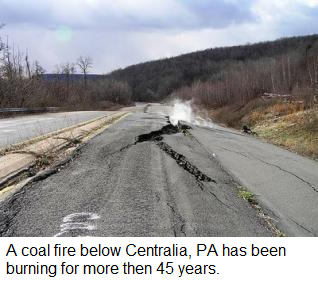A company boss Kevin Horkin was taken pictures at Gwrych Castle in Abergele, North Wales and may have captured a picture of a spirit.
Kevin didn’t notice anything unusual until he downloaded the pictures to his PC. In one of the photos was the image of a pale young woman looking out a window.
Amazingly, it’s impossible for anyone to stand at that particular window because the floor in the room is completely destroyed.
North Wales Paranormal group have confirmed that many sightings have been recorded at the castle.
Local history claims that the first castle at Gwrych was built by the Normans in the 12th century. It was seized by the Welsh prince Rhys ap Gruffydd (the Lord Rhys) of Deheubarth in about 1170 who then rebuilt the timber castle in stone. This castle was later destroyed by Cromwell’s army following the English Civil War of the mid-17th century.
The later castle at Gwrych was begun in 1819. The castle is a Grade 1 listed building set in a wooded hillside overlooking the Irish Sea.
It was the first Gothic folly to be built in Europe by a wealthy industrialist Lloyd Hesketh. Bamford Hesketh, his son, inherited the title of Gwrych in his early 20s and used his vast fortune to build the 4,000-acre Gwrych Castle Estate.
The castle once had a total of 128 rooms including the outbuildings, including twenty-eight bedrooms, an outer hall, an inner hall, two smoke rooms, a dining room, a drawing room, a billiards room, an oak study, and a range of accommodations for servants.
There are nineteen embattled towers and the whole facade is over 2000 yards. Many feel the castle’s outstanding feature was the castle’s 52-step marble staircase.
THE HISTORY OF GWRYCH CASTLE
Local history claims that the first castle at Gwrych was built by the Normans in the 12th century. It was seized by the Welsh prince Rhys ap Gruffydd (the Lord Rhys) of Deheubarth in about 1170 who then rebuilt the timber castle in stone. This castle was later destroyed by Cromwell's army following the English Civil War of the mid-17th century.
The later castle at Gwrych was begun in 1819. The castle is a Grade 1 listed building set in a wooded hillside over looking the Irish Sea. It was the first Gothic folly to be built in Europe by a wealthy industrialist Lloyd Hesketh. Bamford Hesketh, his son, inherited the title of Gwrych in his early 20s and used his vast fortune to build the 4,000-acre Gwrych Castle Estate.
The castle once had a total of 128 rooms including the outbuildings, including twenty-eight bedrooms, an outer hall, an inner hall, two smoke rooms, a dining room, a drawing room, a billiards room, an oak study, and a range of accommodations for servants. There are nineteen embattled towers and the whole facade is over 2000 yards. Many feel the castle's outstanding feature was the castle's 52-step marble staircase.
Queen Victoria stayed at Gwrych in 1932 in what is now known as the Victoria bedroom. These rooms are situated in the front of the castle in the round tower on the first floor, with two windows overlooking the Irish Sea.
In 1946 The castle was sold and then it passed through subsequent owners and is now derelict. All of the windows are cast iron and the fantastic stained glass has vanished. It's been years since the castle's been occupied. Years ago they used to hold medieval fairs and the like on the grounds of the castle.
The castle was bought several years ago by an American businessman who planned to spend 10 million pounds to convert the castle into a top-class opera house with adjoining luxury hotel. But those plans never materialized and the building was frequently vandalized. Unfortunately, in early 1998 Gwrych was extensively damaged following the collapse of ceilings and floors, and was later damaged by fire.



